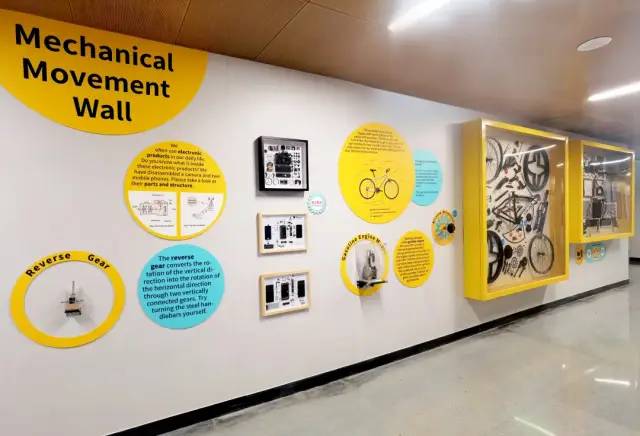发现 | 清香化石博物馆的探索之旅
本文已收录到News专题
有人说,博物馆是有生命的,不同的博物馆记载了不同事物的历史。她不仅是历史的记录者、保存者,还是连结现在和未来的媒介。通过每一件藏品,博物馆告诉我们地球上曾经发生了什么,并将文明之火代代相传,激活人类的保护地球、保护包括自己在内所有物种发展的意识。
Some people say that the museums are alive. Different museums have recorded different histories, which is not only the recorder and preserver of history, but also the medium connecting the present and the future. The museum tells us what happened on the earth through each collection, , and transmits the fire of civilization from generation to generation, activating human awareness of protecting the earth and the development of all species including human being.
而现在,这样一座有生命的化石博物馆,来到了清华附中稻香湖学校。2022年5月12日,清香化石博物馆举行了剪彩仪式。伴随着博物馆的正式开放,更多的孩子们,从此可以透过学校这个窗口看见世界。
Now,an alive fossil musuem has been established in Tsinghua International School Daoxiang Lake. On May 12, 2022, the THISDL Fossil Musuem held an ribbon cutting ceremony to celebrate its opening, which inspires more children to see the world from the window of school.
化石(fossils)是存留在岩石中的古生物遗体、遗物或遗迹,最常见的是骨头与贝壳等。
Fossils are the remains or relics of ancient organisms left in rocks. The most common fossils are bones and shells.
化石是古生物学的主要研究对象,它为研究地质时期的动、植物生命史提供了证据。中国古籍中早已有关于化石的记载:《山海经》也有“石鱼”(即鱼化石)的记述;南朝齐梁时期陶弘景有对琥珀中古昆虫的记述;宋朝沈括对螺蚌化石和杜绾对鱼化石的起源,已有了正确认识。迄今,发现最早的细菌化石为距今35亿年前的澳大利亚瓦拉翁纳群中的丝状细菌化石。
Fossils are the main research object of paleontology. It provides evidence for the study of animal and plant life history in geological period. There have long been records about fossils in ancient Chinese books: there are also records of “stone fish” (i.e. fish fossils) in the Book of Mountains and Seas; Tao Hongjing described the middle ancient insects of amber in the Qi and Liang period of the Southern Dynasty; In the Song Dynasty, Shen Kuo had a correct understanding of the origin of snail mussel fossils and Du Wan’s fish fossils. So far, the earliest bacterial fossils found are filamentous bacterial fossils from the waraonna group in Australia 3.5 billion years ago.
那么,这座神奇的化石博物馆究竟有哪些藏品?它们各自都有哪些来历?让我们一一道来。
So, what kind of collections are displayed in museum? What kind of histories do they inherit? Let’s have a look.







